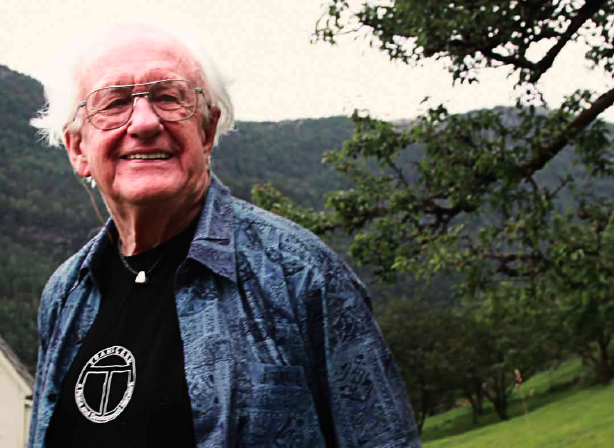That thing called Potpot

Filipinos were dubbed as “family-oriented, hospitable and always smiling even in times of problems.” Perhaps, it was the reason why Filipinos develop close family ties for ages. With this closeness and intimacy within the family, Filipinos have developed their own languages, that only family members could understand. Read More

 Journalists have been notable for gathering information, writing about a news story and sometimes interviewing people to support their information.
Journalists have been notable for gathering information, writing about a news story and sometimes interviewing people to support their information.

 Amidst the impeachment and resignation calls for President Aquino, University of Santo Tomas (UST) professors find youth involvement good, however “impulsively reacting” concerning the issue.
Amidst the impeachment and resignation calls for President Aquino, University of Santo Tomas (UST) professors find youth involvement good, however “impulsively reacting” concerning the issue. 

 Pop, rock, r&b, reggae, jazz, country –these are genres of music. Journalism, just like music, has its own genres –traditional, civic, interactive, participatory, and citizen journalism.
Pop, rock, r&b, reggae, jazz, country –these are genres of music. Journalism, just like music, has its own genres –traditional, civic, interactive, participatory, and citizen journalism. 




 Think of an ice cream. There are different flavors and types of ice cream like soft ice cream and ice cream on-stick. Compare the two ice creams.
Think of an ice cream. There are different flavors and types of ice cream like soft ice cream and ice cream on-stick. Compare the two ice creams. The “Structure of Foreign News” of Galtung and Ruge in 1965 has been the foundation of Journalism throughout the world for decades and the 12 news values–frequency, threshold, unambiguity, meaningfulness, consonance, unexpectedness, continuity, composition, reference to the elite nations, to the elite people, to persons, and to something negative –the core of every news story featured by media.
The “Structure of Foreign News” of Galtung and Ruge in 1965 has been the foundation of Journalism throughout the world for decades and the 12 news values–frequency, threshold, unambiguity, meaningfulness, consonance, unexpectedness, continuity, composition, reference to the elite nations, to the elite people, to persons, and to something negative –the core of every news story featured by media. On the busy streets of Metro Manila, people hardly had enough time to look for news. Instead, media gives them news –whether from the radios on their car stereos, from the television of their own homes, or from the headlines on the newspaper stand on their way to work.
On the busy streets of Metro Manila, people hardly had enough time to look for news. Instead, media gives them news –whether from the radios on their car stereos, from the television of their own homes, or from the headlines on the newspaper stand on their way to work.